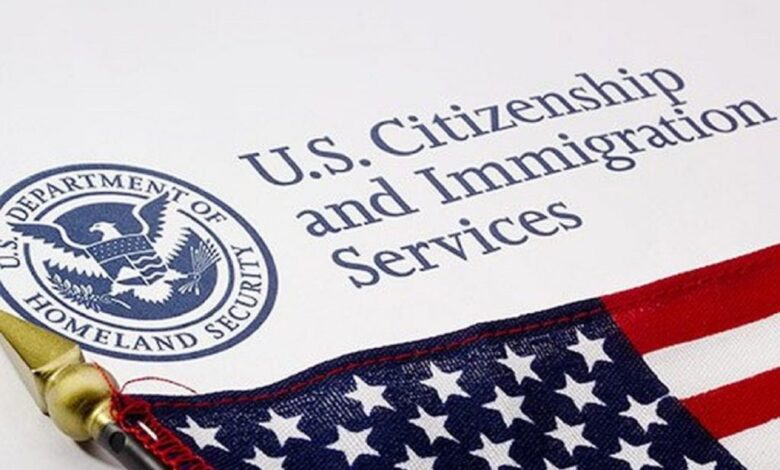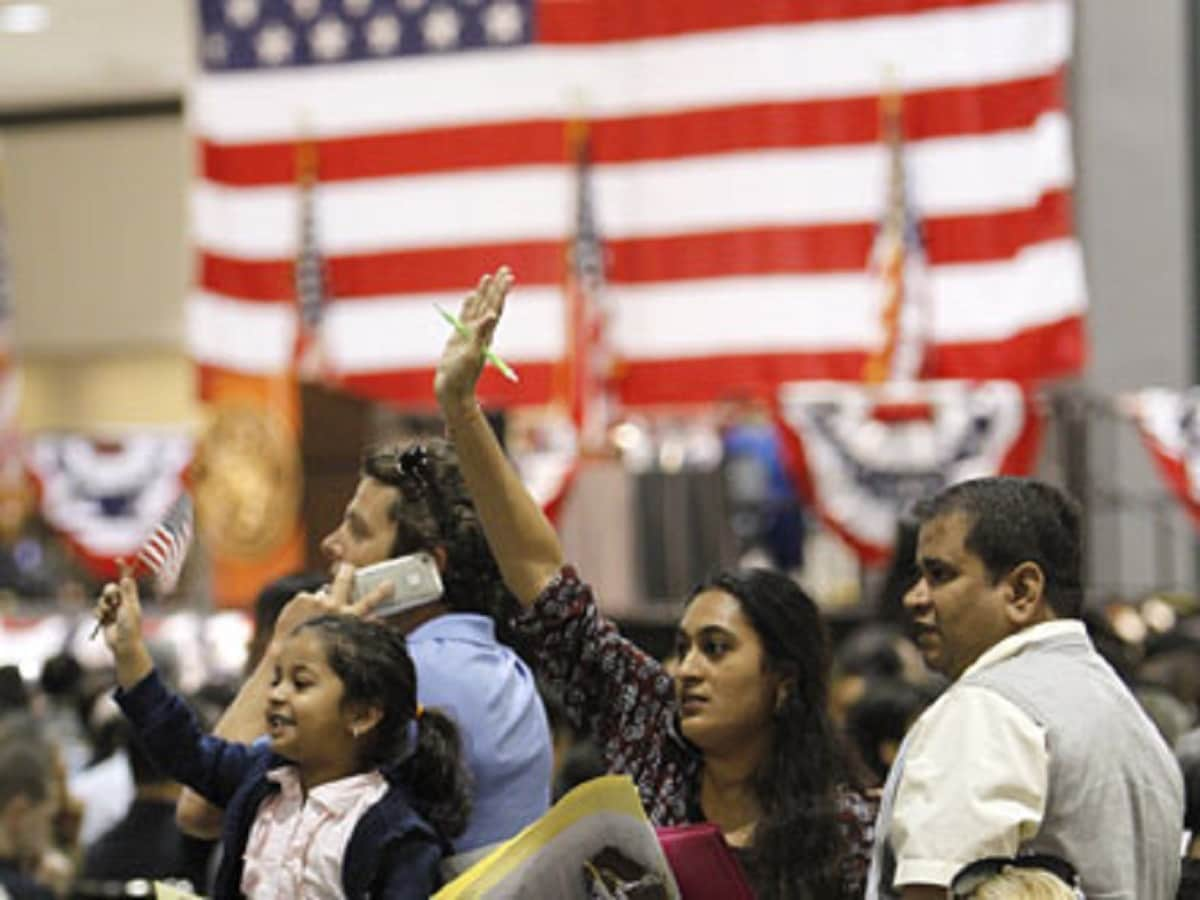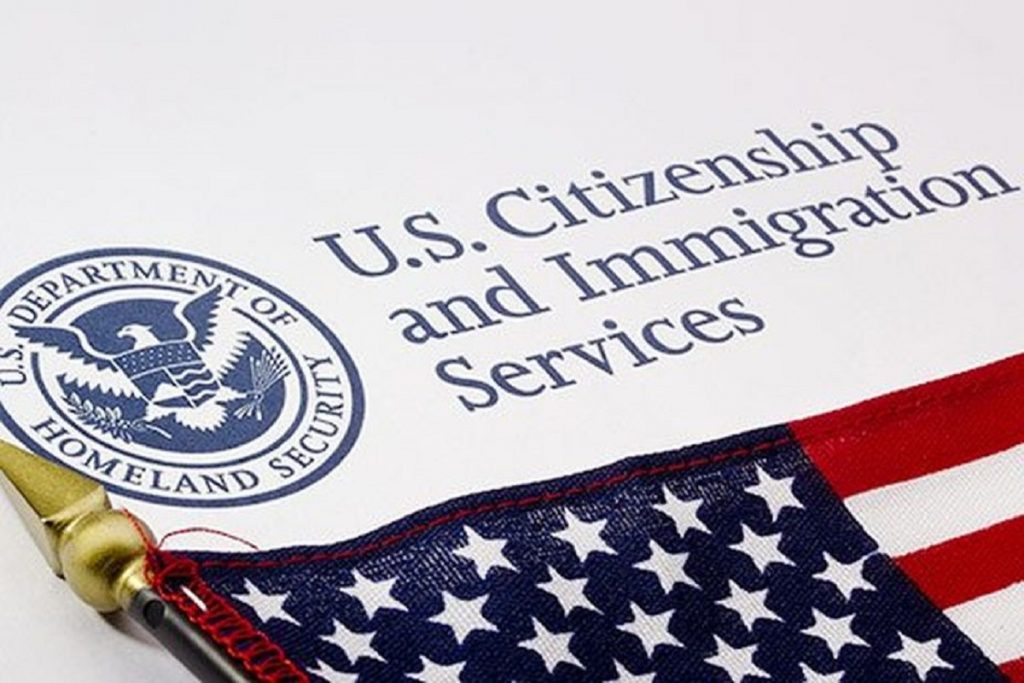Indians are most affected by layoffs amid a 195-year wait for a green card.

Numerous individuals residing in the US on temporary visas now have limited time to locate new employment before they must leave the country due to mass layoffs in the technology sector. And many claim that the businesses that sponsored them are providing them with little advice. The H-1B visa program has been used by the IT sector for a long time to fill its need for professionals in specialist sectors like computer science and engineering.
According to review of information from US Citizenship and Immigration Services, at least 45,000 H-1B employees have been sponsored by Amazon, Lyft, Meta, Salesforce, Stripe, and Twitter in the previous three years.
At least 350 immigrants have been impacted by the most recent round of job cuts at just those two companies, according to reports compiled by employees at Meta and Twitter. Only 60 days are allowed for H-1B visa holders who lose their jobs to remain legally in the US without finding new employers to sponsor them.
Many individuals with H-1B visas have been residing in the US for many years while seeking naturalization. Together with thousands of other computer employees, they are currently desperately looking for work in a more competitive job market. Some people have mortgages, student loans, and school-age children.
Recruiting is normally slower over the holidays, and many large firms have stopped hiring altogether. Job seekers in a rush have turned to their professional networks to find a means to survive as deadlines approach. On LinkedIn, some people have made direct requests, sparking threads with hundreds of answers, many of which include employment possibilities both domestically and abroad. Social media is rife with crowdsourced spreadsheets and recommendations.
To avoid upsetting their former employers or endangering their job search, more than a dozen recently laid-off employees talked with Bloomberg on condition of anonymity. A 30-year-old former Twitter designer who has lived in the US for 14 years and was fired in November along with 3,500 other employees said she had long envisioned this possibility and lived in fear of having to pack up everything and flee the country on short notice. “Will I need to move?” she wonders. “There’s always this stuff moving back and forth in our heads.”
Employers in the US are now able to hire foreigners with college degrees in technical professions where there has historically been a dearth of Americans because of the H-1B program. With the possibility of renewals, visas are provided for three years. The annual ceiling for admissions is 85,000, and there is a significant demand for spots, particularly among Indian professionals.
According to US Department of Labor statistics, the third quarter’s median pay for H-1B employees was $106,000. However, top IT company employees earn far more. Without taking into account sizable incentives and stock options, the typical compensation for an H-1B employee at Meta, Salesforce, and Twitter was roughly $175,000.
Indians have been particularly hard hit by layoffs since they often have temporary visas longer than other ethnic groups due to delays in obtaining permanent status (a green card). While there are about 500,000 Indian citizens on the waiting list, only around 10,000 employment-based green cards are normally available for them each year since each country is typically only permitted to get 7% of the employment-based green cards awarded each year. According to Senate research, Indians applying in 2020 might end up waiting up to 195 years for a green card. Chinese employees had to wait 18 years, compared to less than a year for everyone else.
One H-1B visa holder from India had recently purchased a home in Seattle as the year began so that they could begin working for Meta. He is looking for a firm to recruit him and sponsor his visa transfer eleven months later. The MBA-holding father of two, who has spent the last 15 years living in the US, says he is looking for employment as a technical product or program manager.
His LinkedIn networks have been thoroughly searched, he has joined relevant WhatsApp groups, and he has been sending application after application. Over the background singing of his small children, he explains over the phone, “You have to spend months preparing for some of these tasks. “It’s difficult to admit to yourself that you might not have a place to reside despite having been properly documented for 15 years. The road to the residence is unfixable.”
Companies have provided varying degrees of assistance for immigrants since they are required to pay for H-1B workers to return to their home country if they are forced to leave the US as a result of losing their jobs. On temporary visas, five former Twitter employees claim that the firm has offered little support and hasn’t made it clear when their 60-day grace period begins. A company representative advised finding an attorney when a worker sought clarification because the law could be applied differently depending on the situation. A comment from Twitter was not forthcoming.
Indian engineer Aditya Tawde, who works for LinkedIn, refers to the “basic minimum” as US firms’ assistance with immigration. Early in the outbreak, TripAdvisor fired him. He interviewed with 25 different businesses after just two days to process his layoff, and with only two weeks remaining on his visa, he was able to get employment. He asserts that feeling depressed and furious is normal.
According to a USCIS spokesperson, the organization is committed to enhancing access to immigration benefits and is looking into policy options to address issues facing immigrant communities.
To create a database of H-1B employees looking for work, Vidhi Agrawal, an Indian national with a visa who wasn’t affected by layoffs, has been working with a buddy. It listed more than 350 persons after two weeks. She has been contacting recruiters on their behalf together with a pal. Agrawal, a DataBricks employee who immigrated to the Bay Area from India 11 years ago, is included in the backlog for green cards. When you have children and are forced to move because you are on a visa, she says, “It’s scary.”
Cecy Cervantes, a recruiter for a 15-person digital firm in New York, said that the number of job appeal posts on LinkedIn from visa holders who have just lost their employment has “gone insane.” She received 47 emails instead of the normal 10 on Monday of last week, and she has already spoken with four H-1B visa holders who were fired by Twitter and one from Meta.
CEO of Meta Mark Zuckerberg said that visa holders will receive “notice periods”—which can buy them more time before their visa clock begins ticking—and support from “specialized immigration consultants” after announcing 11,000 job layoffs this month. However, one former Meta employee claims the advice was useless. Similar counsel was given on Twitter by the attorney: “Find your lawyer.” Others expressed their gratitude for the help.
Wherever feasible, Stripe, a firm that makes software for payment processing and last month slashed more than 1,000 positions, gave consultations and assistance with visa status changes. To lengthen its clocks, Lyft stated that it was prepared to retain employees on its payroll even if they did not work for a few additional weeks. According to three former employees, Amazon gives employees 60 days to find a different internal job before removing them from the books and extending their visa clock. Regarding whether it was providing immigration aid for people it was laying off, Salesforce declined to answer.
According to Fiona McEntee, an immigration lawyer with the McEntee Law Group in Chicago, “there is significant pressure to find work.” “The ticking clock is the problem.”
Some people have already given up. A 34-year-old product manager who was fired by a major fintech business says he’s attempting to find a job in the coming weeks, but he’s mostly decided to return to India.
He graduated from the University of Chicago and has been a resident of the US for seven years. Going back to Bengaluru, where he was born, might be a “blessing in disguise,” according to him, as it will allow him to spend more time with his aging parents and launch his own business, both of which are difficult to do while you’re on a visa. Regarding the backlog of green cards, he declares, “I am burned out.” I don’t believe there is any relief in sight.
edited and proofread by nikita sharma




